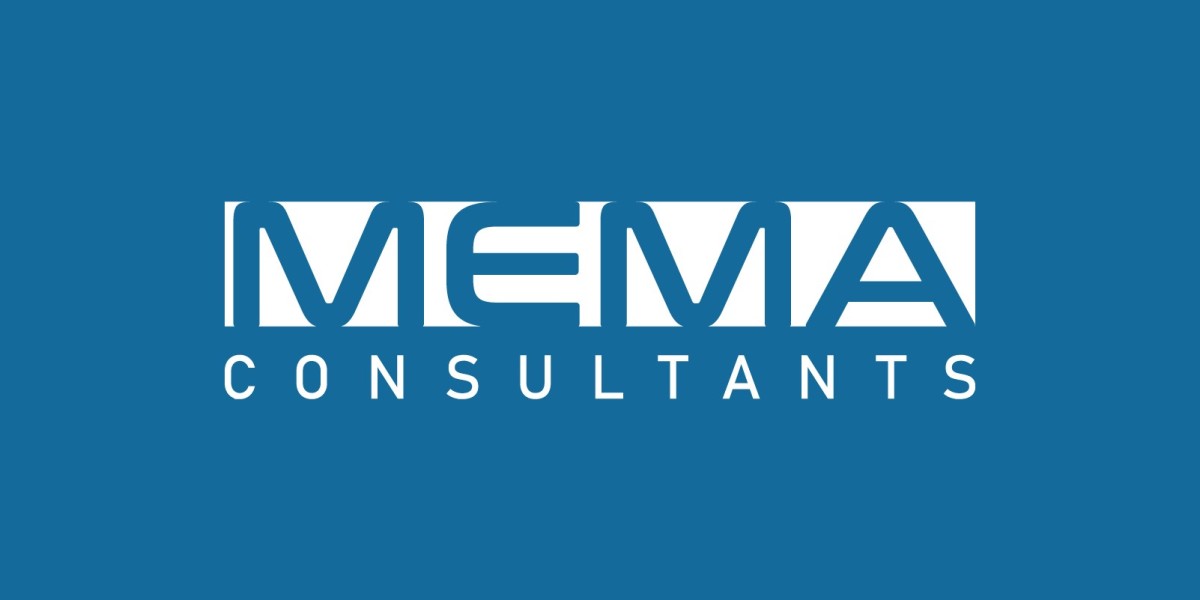In the ever-evolving digital landscape of 2023, understanding the authorization process is paramount for businesses and individuals alike. The authorization process, often spelled as "authorisation" in some regions, plays a crucial role in granting access, ensuring security, and seizing opportunities. This comprehensive guide will walk you through the intricacies of authorisation, empowering you to harness its full potential.
What is Authorization (Authorisation)?
Defining Authorisation
Authorisation, in the context of information technology and security, refers to the process of granting or denying access to specific resources or functionalities within a system. It acts as a gatekeeper, ensuring that only authorized individuals or entities can perform certain actions or access certain information. Essentially, it answers the question, "Who is allowed to do what?"
Why Is Authorisation Important?
Authorisation is a fundamental aspect of cybersecurity and data protection. Here's why it holds immense importance:
- Security: Authorisation safeguards sensitive information and prevents unauthorized access, reducing the risk of data breaches and cyberattacks.
- Compliance: Many industries and organizations are subject to strict regulations. Proper authorisation helps maintain compliance with legal requirements.
- Resource Optimization: By controlling access, authorisation ensures that resources are used efficiently, optimizing system performance.
- Customization: It allows for a tailored user experience, granting access to only the necessary features and data for each user or role.
The Authorization Process
Key Components of Authorisation
To understand the authorization process, let's break it down into its essential components:
Authentication
Authentication is the first step. It verifies the identity of the user or entity requesting access. This can involve usernames, passwords, biometrics, or other authentication methods.
Authorization Policies
Authorization policies define the rules and permissions associated with each user or role. These policies dictate what actions are allowed or denied.
Access Control Lists (ACLs) and Role-Based Access Control (RBAC)
ACLs and RBAC are mechanisms used to enforce authorization policies. ACLs specify who can access specific resources, while RBAC assigns permissions based on roles.
Enforcement
Enforcement mechanisms, such as firewalls, access control systems, and authentication protocols, ensure that the defined policies are followed.
Audit and Monitoring
Continuous monitoring and auditing help track access and detect any unauthorized or suspicious activities. This is crucial for maintaining security.
Conclusion
In the dynamic digital landscape of 2023, authorisation stands as a critical pillar of cybersecurity and data protection. Understanding the authorisation process empowers businesses and individuals to secure their resources, comply with regulations, and create customized user experiences. By implementing robust authorisation policies and mechanisms, you unlock a world of opportunities while safeguarding your digital assets. So, embrace authorisation, and pave the way for a secure and prosperous future in the digital realm.


